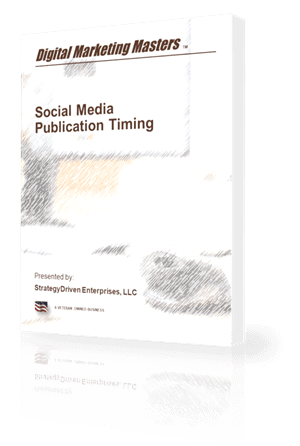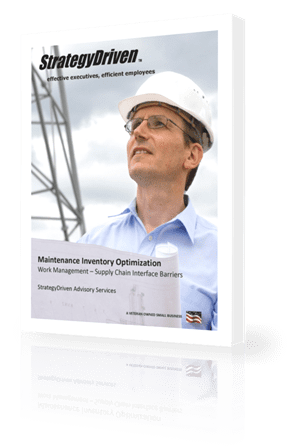The Big Picture of Business – Developing The Talent for Business to Succeed
A Primer on the Workforce, Levels of Jobs, Plateaus of Professionalism
It’s lonely at the top. Corporate executives must develop themselves for the next level and to be useful to their companies and communities in the future.
This is a primer for executives and the heirs apparent to company leadership. Critical topics include leadership development of executives, mindset changes in the evolution from manager to executive to leader, executive mentoring, insights into how top professionals evolve, plateaus of professional accomplishment, developing a winning work ethic, lifelong learning and the accrual of business wisdom.
Many books have been written on the subject of leadership. They came from training, team building and people management perspectives. I see the leader from the big picture perspective and how he-she paints career panoramas by interconnecting the pieces.
My own philosophy of leadership starts with the premise that every dynamic of a successful organization must be in some way aimed towards its stakeholders. While all good leaders must keep the company’s internal operations moving forward, the very best ones must also be looking outside the company towards the customers, clients, financiers, volunteers and the organization’s entire affected constituencies.
If management is complacent or is not outward looking, then the same attitude and resulting behaviors will be held by employees who render the services. Failure to keep a clear focus upon the product, its marketplace, its customers and people who influence the company’s ultimate success will eventually do great harm to the company.
7 Basic Categories of the Work Force
- People who only do the things necessary to get by. They hold just a series of jobs… no more, no less.
- People who are managed by others. They meet quotas, schedules, procedures and statistics. These are the people who do and make things.
- Administrative, managerial support. They keep the boat afloat. Push paper, systems, technology. For them, the process is the driving force.
- System upholders. They go out of their way to not rock the boat. They maintain the status quo. They resist change and surround themselves with like minds. They are motivated by survival.
- People who sell something. Most companies have revenue-sales as their primary objective and measurement. To them, everything else is really secondary.
- People in transition. They are forced by circumstances to change (career obsolescence, down-sizing, marketplace factors). Some voluntarily effected changes, to achieve balance or new direction in life. Some do better in newer environments. Others cannot weather changes because they are too tied to staid corporate orientations.
- Idealists… out to do meaningful things. Deeply committed to accomplishing something special… beyond basic job requirements. They adapt to and benefit from change. They learn to take risks. They are motivated by factors other than money.
Classifications of Jobs and Workers
- Unskilled Labor
- Basic Jobs
- Apprentices
- Semi-skilled Labor
- Helpers
- Servers
- Entry-Level Worker
- Base-Level Sellers (door-to-door, telephone, clerks and checkers, retail sales)
- Support Staff
- Journeyman laborer
- Technician
- Administrative
- Entry-Level Professional
- Mid-Level Worker
- Mid-Level Sellers (consumer services, multi-level marketing, retailers, vendors)
- Tradesman, Skill Provider
- Craftsman, Arts and Humanities Provider
- Science-Technology Provider
- Mid-Manager
- Mid-Level Professional
- Career Worker
- Professional Sellers (business-to-business, professional services, financial services)
- Career Manager
- Career Professional
- Consultants (for every level to this point)
- Senior Professional
- Executive
- Seasoned Professional
- Beyond the Level of Professional
- Knowledge Creator – Inspiring Force – Thinker – Wisdom Resource
7 Plateaus of Work Ethic
- Just Enough to Get By. Getting paid is the objective. Don’t know or have not learned anything further.
- Taking Advantage of the System. Coffee break mentality. Abuse sick day policies, health benefits, etc. ‘Never gonna be’ syndrome.
- Inside the Box. Follow the rules but never consider formulating them. Subscribe to the philosophy: ‘There are no wise decisions… only activities carried out according to company procedures.’
- Don’t Rock the Boat. Interested in remaining gainfully employed. Look forward in the short-term to the next paid vacation, in the long-term toward retirement.
- Professional Is As Professional Does. Daily behaviors, achievements speak for themselves. Consistent in approaches. Never stop learning and growing.
- Change Agent. Either forced by circumstances to change (career obsolescence, down-sizing, marketplace factors) or thrive upon change. As time progresses, become a mentor and champion for change.
- Deep Commitments to Body of Work, Professionalism, Ethics. Don’t know what a coffee break, sick day or vacation is. Give their lives, souls, expertise to careers… and the lifetime results show positively. Profound influence.
7 Stages in People’s Willingness to Learn New Perspectives
- Cluelessness-Apathy. Henry Ford said, “90 percent of the American people are satisfied.” Will Rogers said, “Mr. Ford is wrong. 90 percent of the people don’t give a damn.” Content with the status quo. Taking a vacation from thinking. Not interested in learning more about life or seeing beyond one’s realm of familiarization.
- Basic Awareness. Latent readiness. Not moved to think differently, take risks or make decisions until circumstances force it. 90 percent don’t care about specific issues until events that affect their lives force them to care about something. 5 percent affect decisions. 5 percent provide momentum.
- Might Consider. The more one gathers information, they apply the outcomes of selected issues to their own circumstances. Begin learning through message repetitions.
- Taking in Information. Something becomes familiar after hearing it seven times. Gains importance to the individual through accelerated familiarity. The more one learns, the more one realizes what they don’t know. At this plateau, they either slide back into the denial level of cluelessness or launch a quest to become mature via learning more about life.
- Beginning to Form Opinions. Triggering events or life changes cause one to consider new ideas, ways of thinking. Survival and the need-desire for self-fulfillment causes one to form strong desires to learn. Cluelessness and inertia are no longer options and are now seen as backward and self-defeating.
- Thinking and Analyzing. Changing paradigms. Behavioral modification ensues. There are ways we used to think and behave. We do these things differently now because we have learned preferable ways that cause better outcomes. Thus, we don’t revert to the old paradigms.
- Behavioral Change and Commitment. Advocating positions. Creating own original ideas. Holding and further developing insights. Commitment to change and personal growth. Willing-able to teach and share intellect and wisdom with others.
As people progress in their careers, the most valuable ones to the companies are the number 6 and 7 professionals. Professionalism works in organizations where career paths all progress toward the number 7. Valuable people make for valuable companies. The beneficiaries are their customers.
About the Author












Leave a Reply
Want to join the discussion?Feel free to contribute!